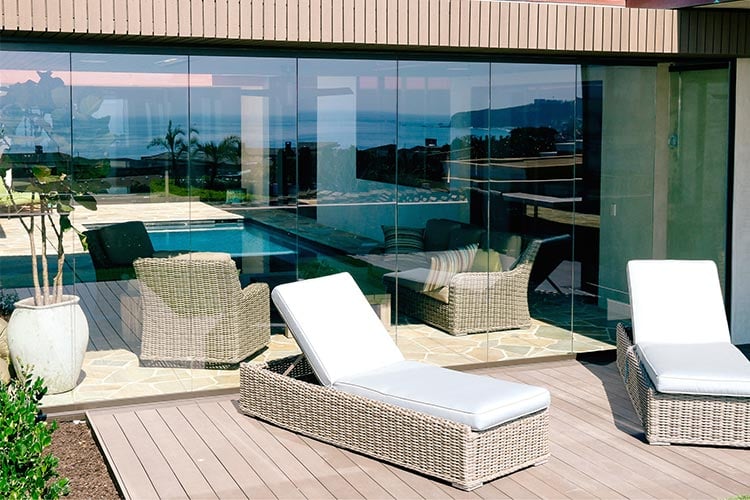
Fashions change almost as fast as they arrive; perhaps this keeps the world turning. Some fashion trends reappear from time to time, never seeming to give way to newer fads. Does this apply to the residential building sector? You bet it does, as new trends in residential building programs are there to entice us in.
Trends and Drivers
Basic economic and demographic patterns will largely determine new trends in residential building in the US over the next decade. Continued recovery from the housing collapse of a decade ago, and an aging population are the main drivers. This makes it difficult for first time, or younger aspiring homeowners to get on the property ladder. These are all inputs contributing to the melting pot of future home design.
Home Design Trends Survey
Leading residential architecture firms gave AIA Home Design Survey their layout vision for the next decade. The growing popularity of universal design, infill development within existing areas, and a focus on improved design are all trending topics. So too was increased awareness of a healthy environment in which to live. In the future, kitchens will prove central to household activities.
Also Read 4 Glamorous Modern Home Trends Featuring Interior Glass Walls and Doors
Influences Shaping the Future
Optimistically economic cycles will prove a lot less turbulent in the coming decade. The first demographic reality is the aging of our population, particularly the baby boomers who now progress into their retirement years. With general population growth slowing, the proportion of people aged 65-plus will increase dramatically compared to current numbers.
‘Gen Xers’ – Rock and a Hard Place
Gen Xers describes the population in the age bracket 31 to 50, although some narrow it down to 35 to 50. This group represents a key demographic in terms of the future well-being of the housing market. It also happens to be one of the groups hardest affected by the housing recession, down to the fact that they were entering homeownership at that time. Remembering that the national homeownership rate declined from 69 percent to less than 64 percent over the past decade, it fell at about twice that decline for Gen Xer households.
The Millennial Generation
This describes the largest generation in US history, and the recession has much affected this group. Normal activities such as forming partnerships, getting married and having children in weak economic times has delayed this group from setting up independent households. It also skewed demand towards renting, creating reduced demand for new homes.
Home Design – Emerging Influences
The evolving demographic directions described above, and a recovering housing market will determine new trends in residential building over the next decade. Identified by leading architecture firms in the Home Design Survey, some trends are already in place and will continue to influence. Others are in the early stages of adoption.
We will see continued expansion of universal design and accessibility features in our homes. Broadening concerns over environmental health issues are influencing developments within our residential environments. Numerous other factors will affect home design in the next decade. These include changing consumer preferences, new thinking in terms of regulatory and building code practices, and benefits from technological improvements.
Focus on Conservation
Together with the use of new technology to achieve reductions in energy consumption, expect conservation of natural resources to increase in the construction and design industry in future. Many architecture firms anticipate that water conservation will significantly increase in the next 5 - 10 years. Wind and solar power will undoubtedly increase in importance, and contribute to new trends in residential building going forward.
Also Read Energy Efficient Glass for an Energy Efficient Home

Bringing the Outdoors Indoors
Designers are starting to recognize that the backyard has long been under-utilized in terms of its square footage. In the quest to make every inch of property useful, indoor spaces are integrating seamlessly with the backyard, or to the new family entertainment space to give it more glamour.
For example, adding a frameless sliding door system optimizes the open floor plan, and adds to the living space. Patios with pizza ovens and fire pits are taking off, but don't think that this will come cheap. That dream outdoor kitchen may cost more than the traditional kitchen in the scheme of things, so budget accordingly.
Also Read 4 Trends in Indoor Outdoor Transition Spaces
Census Time
Annual data on the characteristics of new privately owned residential structures makes fascinating reading. Factors include square footage, number of bedrooms and bathrooms, types of wall material, and sales prices. Follow this link and find out more about new trends in residential building.
Cover Glass USA embraces the trend of seamless transitions in and out.


